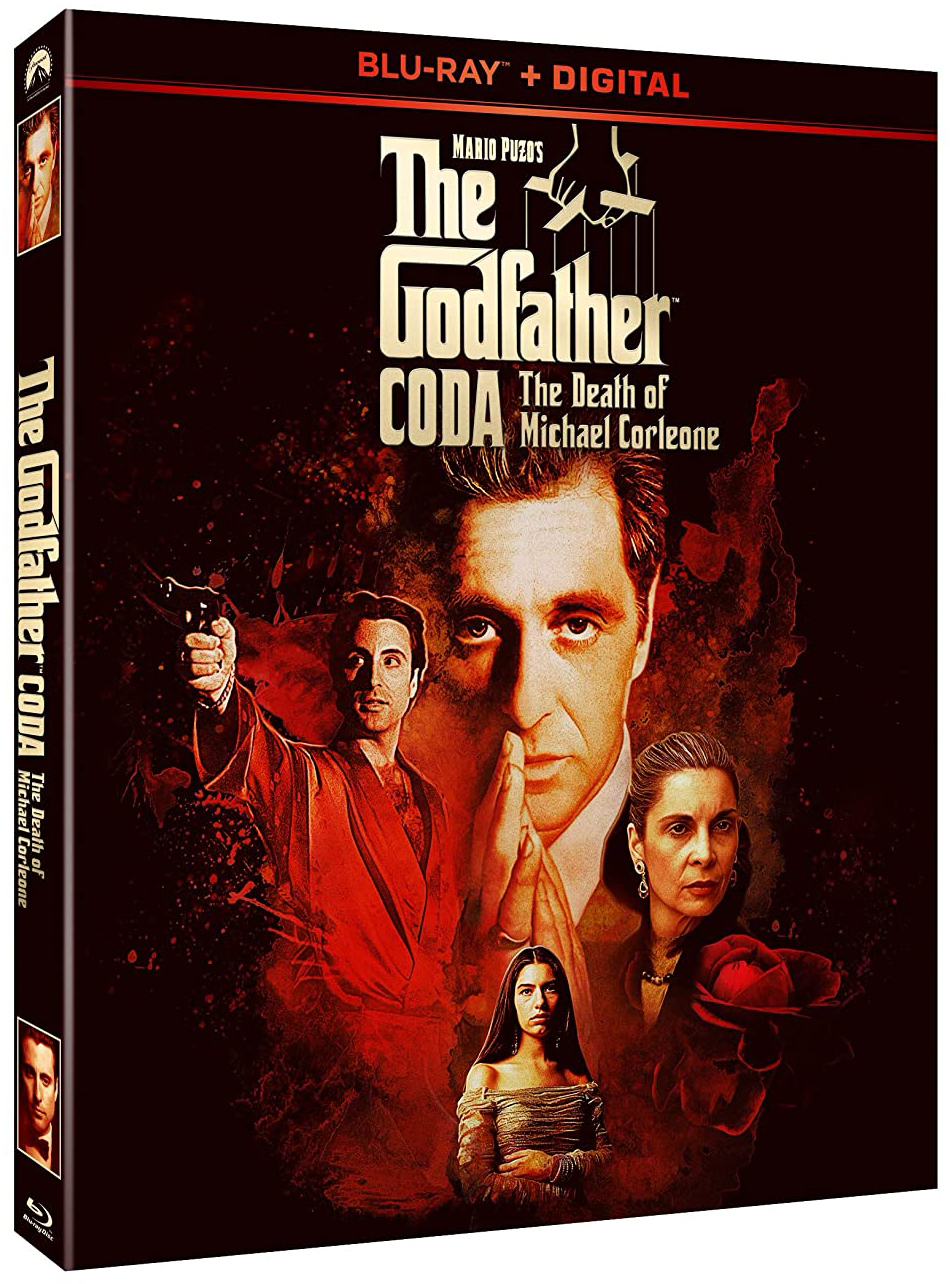

As a result, the film feels a little odd in terms of its pacing, a little too hurried, fidgety in the way of a sugar rush. Many of the wide shots that gave the film its grandeur and leisurely, elegiac pace have been excised. The change in the ending is indicative of the general tenor of alteration in the rest of the film. No actual moment of death! So why then is the new cut titled The Death of Michael Corleone? No elegiac toppling from the chair in long shot. In the new cut, all we see is him straining to wear the sunglasses and a cut to him dancing with his daughter. He thinks about the women in his life, the film cutting to him dancing with his first wife, his second, and his daughter, and then he topples over, dying from natural causes. In the original Part III, after Michael’s daughter Mary ( Sofia Coppola) has died in his arms, and Michael gives vent to unbridled grief on the opera house steps, the film cuts to Michael at the end of his life, quite aged as he sits in the sun and struggles to wear a pair of sunglasses. He doesn’t have much to add but it’s shocking to see him so aged and having lost a great deal of weight – he’s almost unrecognizable despite sporting the trademark tie, suit, glasses, and beard. Coppola himself introduces the new cut, talking to us for a couple of minutes about why he always thought of this film as The Death of Michael Corleone rather than The Godfather, Part III. So, as best as can be made out, Coppola has recut the film in order to emphasize a ‘summing up’ and yet the new cut seems much less satisfying as a finale compared to the original version. Coda (as unflattering and unnecessarily pretentious a title as Redux) means ‘an additional movement, and conclusion’ and this is somewhat ironic given that the only reason Part III proved to be the final one (Coppola and co-writer Mario Puzo were developing ideas for a fourth installment featuring Andy Garcia in the drug wars of the 80’s) was due to Puzo’s untimely death. On DVD commentaries, he talks about using his clout in the seventies to convince Paramount executives to name the second film Part II but when the early nineties rolled around, Coppola was at a disadvantage and now had to go along with naming the third one Part III though he didn’t really want to. He has always been clear that he saw the first two installments as a complete story and that he ultimately bowed to Paramount’s wishes for a third installment due to his own financial difficulties. Coming almost twenty years after the first two, it was a reluctant addition on the part of Coppola. Enter Vincent Mancini ( Andy Garcia), the rough and tumble illegitimate son of Sonny Corleone (played by James Caan in the original film of this trilogy)who insists on working for Michael and learns the ropes in order to take over as the head of the Corleone family.Īs a film, the third installment was always the least favourite among Godfather fans. Michael, struggling with his guilt over ordering his brother Fredo’s death in Part II, is not up for it but must once again fight his enemies on multiple fronts. Furthermore, the powerful business interests which control Immobiliare attempt to cheat Michael out of his controlling share after taking his money. When Michael tries to leave the criminal world behind, the underworld is not happy.


He strikes a deal with the Vatican Bank in order to take a controlling share in Immobiliare, a large real estate company, while keeping an increasingly reluctant and watchful eye over his criminal enterprises. Michael Corleone ( Al Pacino) is, as ever, trying to move away from his criminal milieu for more respectable pastures. Godfather III picks up fifteen years or so after the end of the second part. Coppola’s instincts were more sound when releasing his films the first time and there is something inadvisable about an artist fiddling around with a solid work, decades after the fact. It’s not like Apocalypse Now Redux which included about a half hour of new scenes, except in that both new cuts are completely unnecessary. The new running time is an unnecessary ten minutes shorter. Other than that, the changes involve a little repositioning and trimming of scenes. First of all, the changes: the beginning and ending are changed ever so slightly. Questions like Why?, How?, and Again, Why? will no doubt spring to mind as one watches the new cut. Francis Ford Coppola’s new cut of The Godfather, Part III – Coda: The Death of Michael Corleone – will come as a surprise to many viewers.


 0 kommentar(er)
0 kommentar(er)
